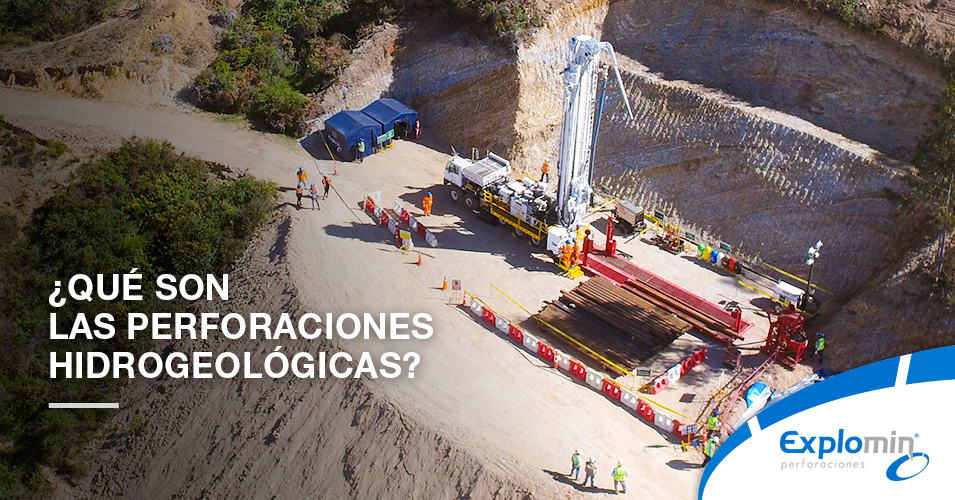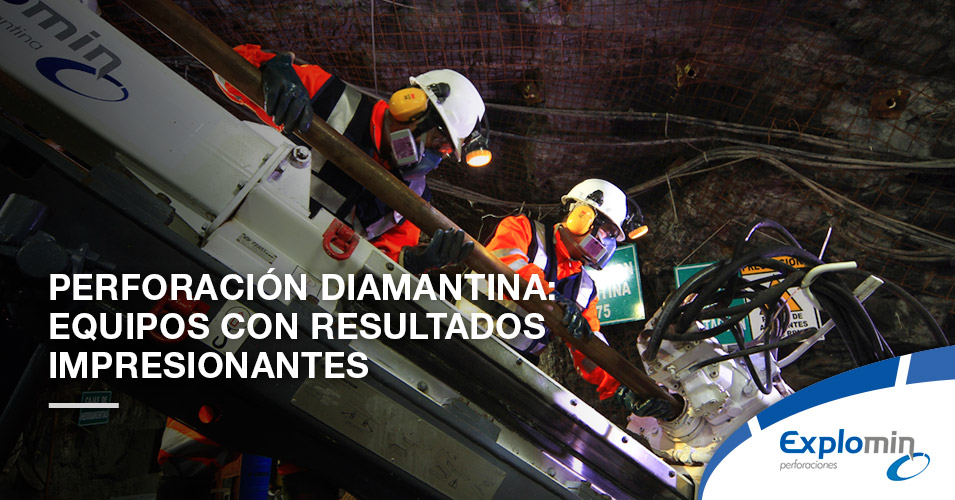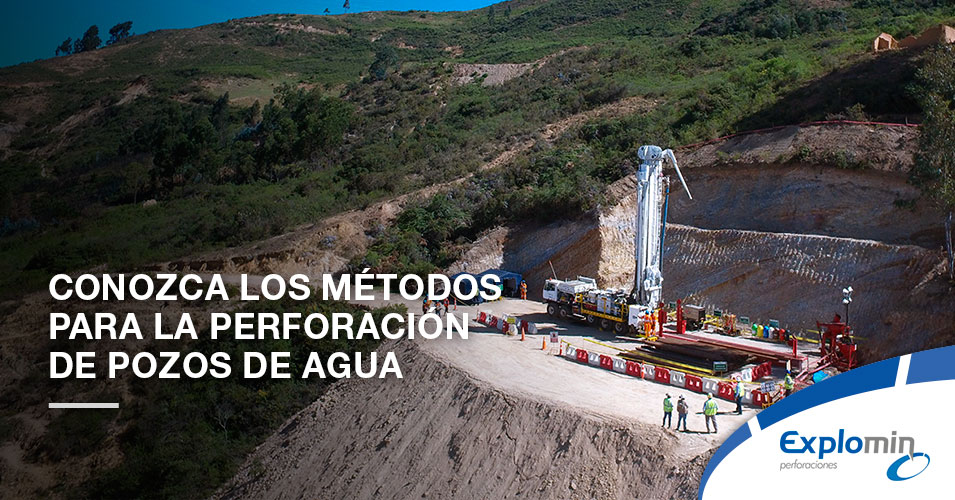In the field of drilling, there is a special technique known as directional drilling which has benefits, both for the industry and for the preservation of the environment. Find out what it is and what applications it has.
What is directional drilling?
Directed drilling is the technique that allows the intentional deviation of a well from an initial trajectory towards a final trajectory different from the initial one following a certain program established in terms of the depth and relative location of the objective, spacing between wells, location facilities of the location at the surface point, dip and thickness of the target to be intercepted.
Directional drilling operations are also carried out to cross an obstacle such as a tool stuck in the hole, a lagoon or drilling from inaccessible points with respect to the objective.
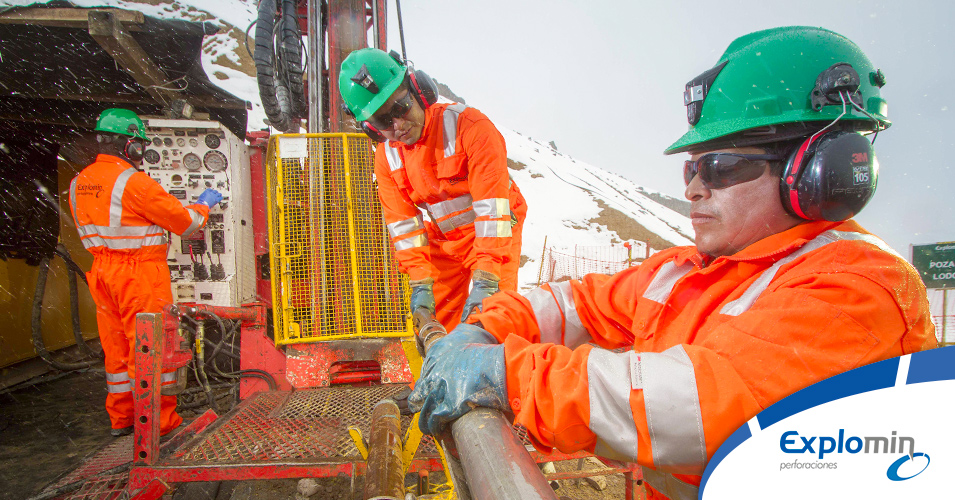
Applications:
Inaccessible areas
- Surface such as lakes, rivers, sensitive ecological areas, etc.
Complex geology
- Perforation in areas at risk of deviation.
Controlled drilling
Going through formations to:
- Fault identification.
- Degassing coal seams.
- Civil works.
- Others.
Multiple wells
- From a mother well.
Pilot wells
- For chimneys ensuring and controlling the verticality of the perforation.
Target Identification
- To identify multiple default zones.
Benefits
- Time and cost savings.
- Decreased environmental impact.
- Pierces targets with precision.
- Controls natural deviation.
- Continuous core recovery, even in deviated section.
- Reduction in the number of platforms.
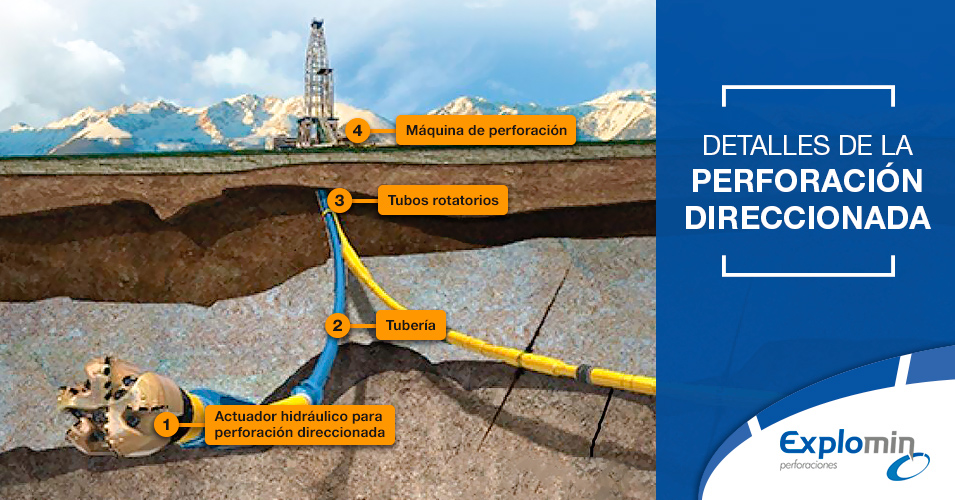
The first step in planning any directional well is to design the hole trajectory to achieve a given objective. The initial design should propose the different types of trajectories that can be drilled economically. The second, or final design must include the effects of geological conditions on the downhole gear to be used and other factors that could influence the final trajectory of the hole. Therefore, we can say that the selection of the trajectory type will depend mainly on the following factors:
- Characteristics of the geological structure.
- Spacing between wells.
- Vertical depth.
- Horizontal lens shift.


